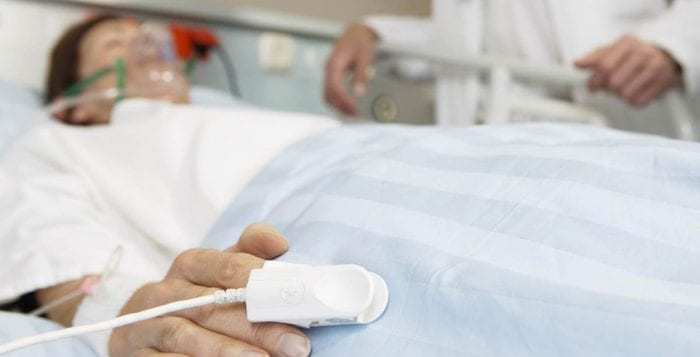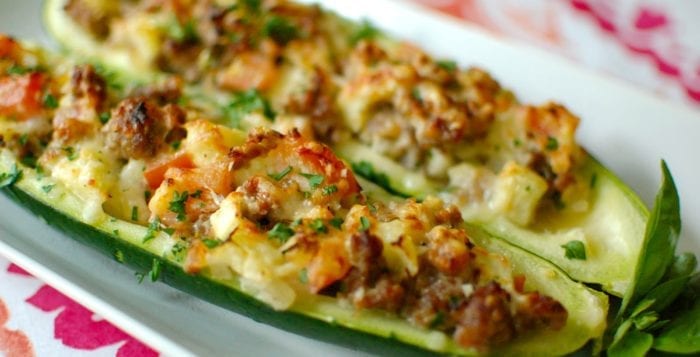By Linda M. Toga, Esq.

THE FACTS: I want to be sure that I do not receive end-of life-medical treatment that will do little other than prolong my life.
THE QUESTIONS: Is the document in which I can state my end-of-life wishes called a living trust or a living will?
THE ANSWER: The document in which you can memorialize your wishes with respect to the medical treatment to be administered or withheld when you are near death is called a living will.
A living will differs from a living trust, also known as a revocable trust, because a living will has nothing to do with how your assets are handled during your life or distributed upon you death.
Instead, a living will provides the person you name as your agent in your health care proxy, your next of kin and/or your health care provider with important information about how you would like to proceed if your doctor has determined that your condition is likely to cause death within a relatively short time and you are unable to express your wishes about your medical treatment.
A properly drafted and executed living will can also serve as clear and convincing evidence of your wishes in the event a court is asked to decide whether or not your health care provider must honor your wish to withhold medical treatment.
A living will gives you the opportunity to put into writing what types of medical treatments, procedures and medications you do not want if you have suffered from a significant loss of mental capacity and you cannot eat or drink without assistance or you have an irreversible or incurable medical condition with no likelihood of improvement.
For example, in your living will you can state that you want medical treatment withheld if you suffer from dementia or some other form of mental impairment and there is no reasonable likelihood that such treatment will restore your ability to be oriented and interact with your environment.
You can direct your health care provider to withhold treatment if you lack mental capacity and need a feeding tube. You can also state in a living will that treatment should be withheld if you exhibit significant mental impairment combined with a condition that is likely to cause death in a relatively short time, as determined by your doctor.
Examples of the types of life-sustaining treatments and procedures you may want withheld include cardiopulmonary resuscitation, dialysis, artificial hydration, artificial nutrition (feeding tubes), mechanical respiration, antibiotics, experimental medications and surgical procedures. Under many circumstances, these sorts of treatments and procedures serve to prolong life but do not necessarily have any impact on a patient’s underlying medical condition.
While asking that such life-sustaining treatments be withheld, living wills generally direct the health care provider to the administration of pain medication and to take the steps necessary to keep the patient comfortable.
Since a living will is a document in which a person essentially rejects life-sustaining treatments, sometimes referred to as “heroic measures,” people who have a living will may effectively hasten their own death. As such, a living will is clearly not appropriate for people who want all possible measures to be taken to keep them alive.
Because of the moral and religious issues associated with a living will, it is likely the most personal and emotionally charged estate planning document you can sign. It is, therefore, extremely important that you give serious thought to your options when deciding if a living will is right for you and discuss your wishes with an attorney who has experience preparing living wills.
Linda M. Toga, Esq. provides personalized service and peace of mind to her clients in the areas of estate planning, real estate, marital agreements and litigation. Visit her website at www.lmtogalaw.com or call 631-444-5605 to schedule a free consultation.






 Little Tinkerbelle was left behind in an apartment alone while her owner went on vacation. Now this 2-year-old, female Chihuahua mix is looking for a new home where she will get the love and attention she deserves. She’s extremely sweet and ready to start living the good life with you! Tinkerbelle comes spayed, microchipped and is up to date on all her vaccines. Please come meet her at Kent Animal Shelter today!
Little Tinkerbelle was left behind in an apartment alone while her owner went on vacation. Now this 2-year-old, female Chihuahua mix is looking for a new home where she will get the love and attention she deserves. She’s extremely sweet and ready to start living the good life with you! Tinkerbelle comes spayed, microchipped and is up to date on all her vaccines. Please come meet her at Kent Animal Shelter today!





 WHAT A RIDE!
WHAT A RIDE!










